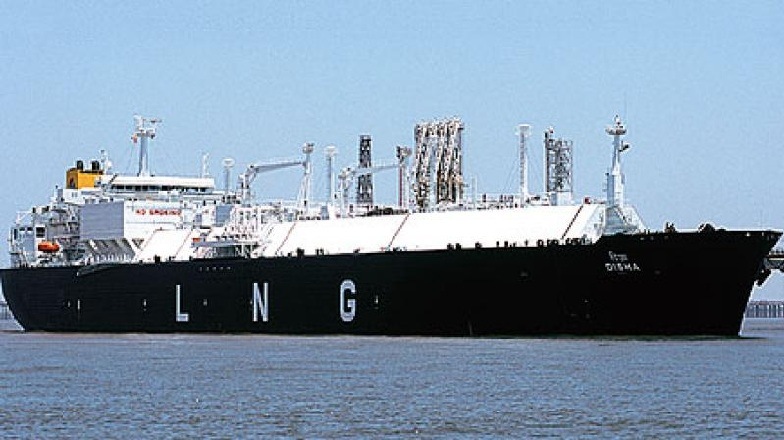India on Monday received its first ever cargo of LNG from Russia, which is also the cheapest at close to $7 per million British thermal unit, under a long-term deal in a bid to make India a gas-based economy. India, which is world’s fourth-largest buyer of liquefied natural gas (LNG), aims to diversify its energy import basket, which is dominated by coal and oil.
As the cargo reached Dahej in Gujarat, Oil Minister Dharmendra Pradhan told reporters that the Narendra Modi government is committed to Paris Accord of carbon-emissions reduction and aims to make India a “gas-based economy.” Giving the example of Gujarat, Dharmendra Pradhan said that the government aims to diversify its energy basket, in which the share of gas can be moved up from current 7-8% to 24% like in the state.
“Carbon emissions should be reduced even though India is not a major pollutant,” the oil minister said. The first LNG cargo from Russia follows the import of first cargo from the United States under the long-term deal. In March, the US LNG cargo arrived at the Dabhol port in Maharashtra.
GAIL has renegotiated with Russian supplier Gazprom the terms of the 20-year deal to import 2.5 million tonnes a year of LNG, PTI reported. Under the re-worked deal with Gazprom, the duration of the contract has been extended by three years and the Indian company has agreed to buy an additional six million tonnes of LNG volumes.
Meanwhile, the gas production, back home, for the first time in the financial year 2017-18, left the negative territory and showed a positive production growth. India’s gas production growth rate, which was -14.4% in 2012-13, swung to 2.9% in 2017-18. In January this year, 55 blocks were put up for auction for exploration of oil and gas. Each block on offer was carved out by prospective bidders under the open acreage licensing (OAL) of the new Hydrocarbon Exploration and Licensing Policy (HELP).
India had in July last year allowed companies to carve out blocks of their choice with a view to bringing about 2.8 million square kilometres of unexplored area in the country under exploration. So far 256 blocks had been offered for exploration and production since 2000.


